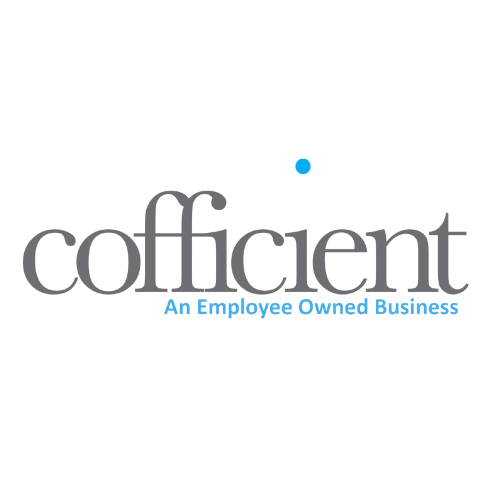
4 Barriers To Business Growth and How To Overcome Them
Business survival is difficult, never mind managing business growth! The number of obstacles that you can face in a single day can be monstrous. From people management & hardware issues, right the way up to business processes and regulations, the ability for business leaders to accurately report and manage the health of a business and to understand growth can be a challenge.
As a business grows, different problems and opportunities demand different solutions – what worked a year ago might now be not the best approach. All too often, avoidable mistakes turn what could have been a great business into an also-ran.
Recognising and overcoming the common pitfalls associated with growth is essential if your business is to continue to grow and thrive.
Here are just 4 barriers to business growth and a few suggestions to help you overcome them.
- Cash flow and financial management
Good cash flow control is important for any business. For a growing business, it’s crucial. Cash constraints can be the biggest factor limiting growth and overtrading can be crucial.Making the best use of your finances should be a key element in business planning and assessing new opportunities. With limited resources, you may need to pass up promising opportunities if pursuing them would mean starving your core business of essential funding.
Every element of working capital should be carefully controlled to maximise your free cash flow. Effective credit management and tight control of overdue debts are essential. You may also want to consider raising financing against trade debts.
Good stock control and effective supplier management tend to become increasingly important as businesses grow. Holdings of obsolete stock may become a problem that needs periodic clearing up.
You may want to work with suppliers to reduce delivery cycles or switch to suppliers and systems that can handle just-in-time delivery.
Planning ahead helps you anticipate your financing needs and arrange suitable funding. For many growing businesses, a key decision is whether to bring in outside investors to provide the equity needed to underpin further expansion.
- The right systems
All businesses produce and rely on large volumes of information – financial records, interactions with customers and other business contacts, employee details, regulatory requirements and so on.
It’s too much to keep track of – let alone use effectively – without the right systems.
Responsibilities and tasks can be delegated as your business grows, but without solid management information systems you cannot manage effectively.
The larger your business grows, the harder it is to ensure that information is shared and different functions work together effectively. Putting the right infrastructure in place is an essential part of helping your business to grow.
Documentation, policies and procedures also become increasingly important. The informality that might work with one or two employees and a handful of customers simply isn’t practical in a growing business. You need proper contracts, clear terms and conditions, effective employment procedures and so on.
Many growing businesses find using established management standards one of them most effective ways of introducing best practice. Quality control systems can be an important part of driving improvements and convincing larger customers that you can be relied on.
Investing in the right systems is an investment that will pay off both short and long term.
You benefit every day from more effective operations. If you ever decide to sell the business, demonstrating that you have well-run, efficient systems will be an important part of proving its value.
- Not reporting or setting goals
Most systems were designed for an era when companies could wait until the end of the month to get the data they need.
That’s not the case today. Consolidated views and up-to-the-minute reporting can mean the difference between thriving and barely surviving.
Unable to drill down into the details and potential variances, there is no way to discern how the business is performing. There is no way to compare actual performance to strategic plans to quickly alter course, hit the brakes or rev up the engine.
The dashboard reveals nothing, or worse – the wrong information. For example, public company investors want visibility into both in-quarter activity and performance versus expectations, as well as a view of how that short-term performance aligns with longer-term strategy.
Without visibility, there are only generalised guesses that lack actual measurements.
They must be able to take the pulse of KPIs and other measurements to accurately and confidently describe how much money the company is making (or losing) today and likely to generate tomorrow. Such descriptions also need to be both comprehensive and specific.
Muting the ability to precisely see into the health of the business is what we have identified as the main obstacle in your businesses growth initiatives.
- Not making time to innovate
Are you making room for innovation in your day-to-day operations?
Companies often get caught up in meeting short-term performance criteria, which leaves no time for innovative thinking and collaboration.
Professionals need to set aside time for innovation on a consistent basis – and the time needs to be prioritised. The enterprise needs to know how to spot innovations, and have a conduit for developing innovative concepts. Work to create a simple agenda defining how to funnel innovative ideas through.
If your growing business is experiencing any of the pains discussed and if a standalone financial application is limiting your business growth, it may be time to consider what Cofficient offers.



